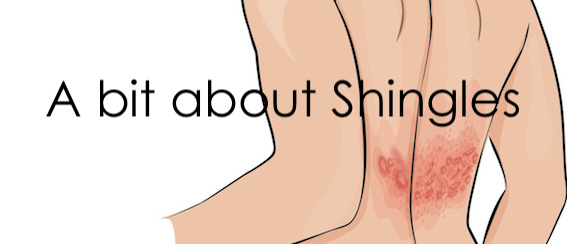Today I’m sharing a Chocolate Chip cookie recipe.
A friend of mine put me on to it. These cookies have a surprise ingredient and are healthy enough to eat for breakfast. They taste great, are gluten free and keto friendly (so low in carbohydrates).
The recipe is from a site called Sweet as Honey and the cookies are really quick and easy to make.
I started to get my ingredients measured out and I realised that I was short on Almond flour. So, I made a small change and have shared the recipe with my changes.
Chocolate Chip Cookies
makes 16
Ingredients
1 large egg – at room temp. & lightly beaten
75 g unsalted butter – melted
100 g Monkfruit sweetener
60 g zucchini – finely grated and with excess water removed
85 g almond flour
85 g buckwheat flour (for added fibre & protein)
½ teasp baking powder
1 teasp ground cinnamon
¼ teasp ground ginger
¼ teasp ground nutmeg
¼ teasp salt
1 teasp vanilla extract
50 g chopped pecans
80 g sugar free chocolate chips
Method
* Preheat oven to 160’c. and line baking tray/s with parchment paper and set aside
* Finely grate the zucchini with skin on. Then placing the grated zucchini in the centre of a clean tea towel, wrap and squeeze bundle to remove all water. (This is important so as to avoid soft cookies)
* In a large mixing bowl, beat the egg with the melted butter and sweetener.
*Stir in both of the flours, zucchini, and baking powder, cinnamon, ginger, nutmeg, salt and vanilla.
* Once thoroughly combined, stir in the chopped pecans and chocolate chips.
* Use a tablespoon to scoop balls of the mixture onto the trays.
* Wet your hands and lightly press down on the balls of mixture to flatten and shape the cookies.
* Bake in the centre of the oven for 15 minutes or until slightly golden on the edges.
* Cool on a cooling rack for a least 30 minutes before eating. They will firm up at room temperature.
* The cookies should be stored in an airtight container at room temperature for up to 4 days. The cookies can be frozen in zip lock bags to keep for longer if necessary.
I hope you enjoy these cookies as much as we do.
If you want to try more keto friendly baking, check out the Sweet as Honey website for more ideas.
Till the next post,
Live clean n Prosper.


